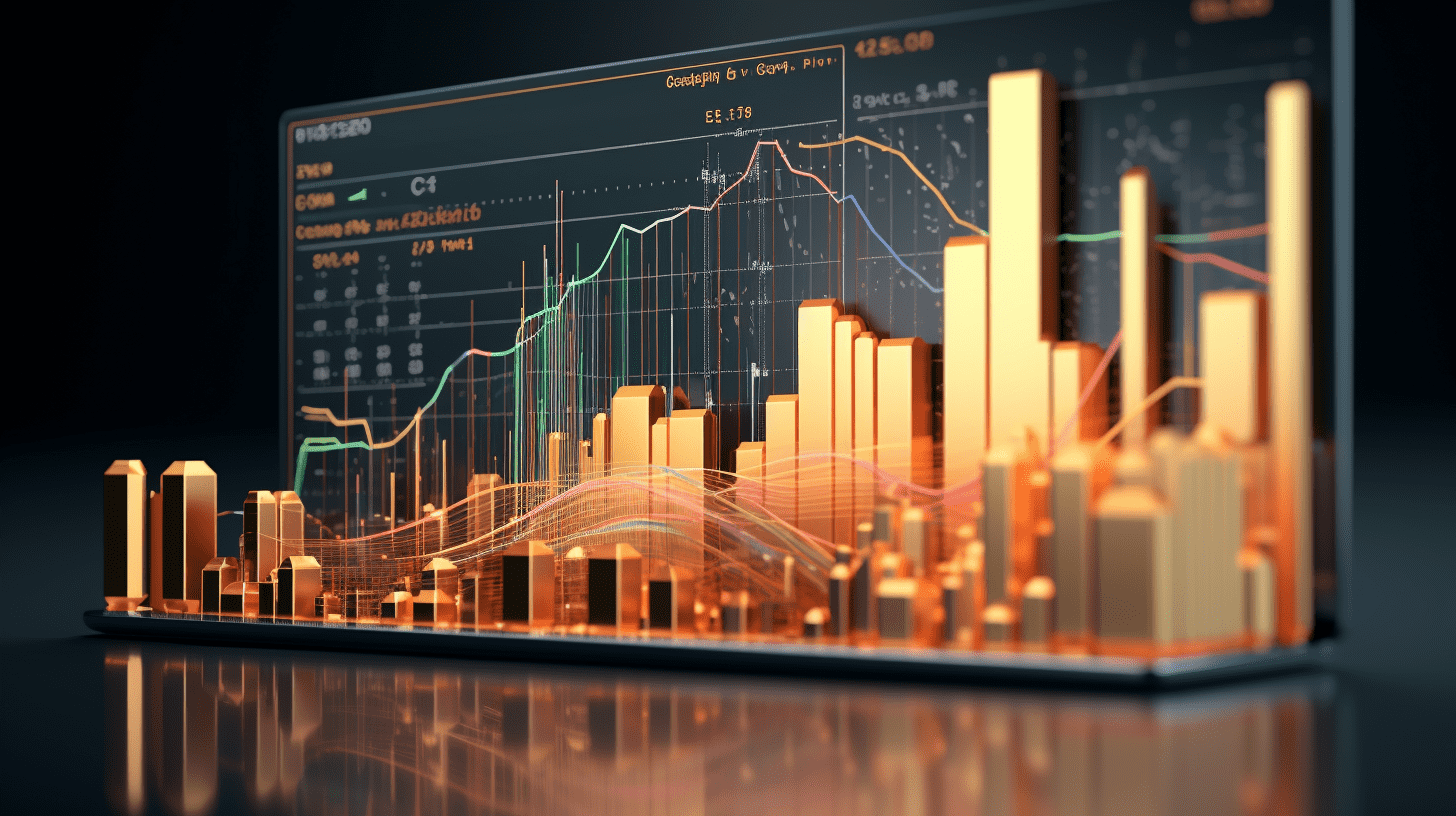
JP Morgan: Market consensus has increased investment exposure in China, Mexico, and South Africa.
JP Morgan's individual stock rating adjustments in the Asia-Pacific region (February 28, 2025 - March 31, 2025) are as follows:
(Remarks: N-Neutral, OW-Overweight, UW-Underweight, NR-Not Rated)
Capital Flows and Allocation
Since the beginning of this year and in March, all Asian markets, except for India and the Philippines, have experienced outflows of foreign funds. India and the Philippines are the only two countries that saw a reversal of capital flows in March, with net inflows of $0.975 billion and $0.5 billion respectively. Significant outflows of funds were seen in Japan (-$21.7 billion), Greater China (-$13.1 billion), followed by South Korea (-$15.1 billion), ASEAN (Malaysia -$10.41 billion, Thailand -$6.47 billion, Indonesia -$4.9 billion), and Vietnam (-$3.74 billion). In China (Hong Kong/ Mainland), southbound funds had a net inflow of $160 billion HKD in March (compared to $153 billion HKD in February), accounting for around 21% of Hong Kong market turnover (compared to 15% in 2023).
Foreign Stock Funds Inflow in March 2025 (in million US dollars)
Comparison of Monthly Fund Flows and Fund Holdings for Global Emerging Markets Funds
Asset Allocation and Performance of Emerging Market Funds
The most notable finding is that market consensus has increased investment exposure in Mexico, China, and South Africa. Net overallocation in Mexico increased from 8 in February to 12. Net underallocation in China (Hong Kong + Mainland) and South Africa decreased from 2 and 6 to 1 and 0, respectively. Note that the median allocation of emerging market funds is 30 basis points higher than the China (Hong Kong + Mainland) benchmark.
Market consensus decreased investment exposure in emerging Asian regions other than China. Net underallocations in Taiwan, India, and South Korea increased from 23, 19, and 4 to 27, 21, and 10, respectively. Thailand remains in a net overallocation state (the lowest allocation since January 2022). Foreign investors have sold a net $5.2 billion of emerging market stocks in Asia (excluding China) this year.
Investment Style
In March, the momentum factor performed the worst, mainly dragged down by the mainland China and Singapore markets. Quality factor has lagged behind other factors this year due to poor performance in Taiwan and Indonesia. The growth factor has performed the best this year, driven by contributions from China (Hong Kong + Mainland) and the Philippines markets.
Global Macro
Due to the uncertainty of trade policies, the Federal Reserve adjusted their inflation forecast for economic stagflation. While awaiting further clarity on tariff policies, the 10-year US Treasury bond yield fluctuated upwards before Trump announced tariff policies, eventually dropping slightly to 4.2% (a 0.07% decrease from the previous month). The US dollar depreciated by 3.2% to 104.2. Among Asian currencies, the Korean won depreciated by 0.9%, the New Taiwan dollar depreciated by 1.1%, and the Indian rupee appreciated by 2.3%. In March, commodity prices rose, with gold prices breaking $3000, industrial metal prices rising by 3.9%, and Brent crude oil prices rising by 2.1%.
Metals
JP Morgan believes that the rise in copper prices so far this year seems premature and ahead of current fundamentals. Tariffs pose downward risks to copper demand. Economic activity data in China has been stronger than expected this year, and at the beginning of March, policymakers at the National People's Congress in China announced a 5% GDP growth target and provided an additional 400-600 billion RMB in fiscal support for consumption (equivalent to 0.3-0.5% of GDP), which should support copper demand in 2025. Near-term copper futures supply is also sufficient, which is expected to alleviate China's excess copper inventory problem. Looking further ahead, JP Morgan's commodities research team expects the global copper market to shift from a slight surplus in 2025 to a shortage of about 300,000 tons by 2030.
Despite the drag on demand from tariff risks, the global aluminum market is expected to tighten to a shortage of over 600,000 tons in 2025, mainly due to slowing supply growth, especially in China.
The value of gold lies in its role as a hedge against geopolitical turmoil, inflation, and low interest rates rather than actual utility or cash flow generation. Since 2022, geopolitical tensions and the freezing of Russian assets have led to a surge in gold demand, with central banks becoming significant buyers of gold. Central banks are shifting from US dollar reserves to increasing gold holdings to hedge against geopolitical and economic uncertainty, a trend that may continue. JP Morgan has a strategic bullish rating on gold, given the structural changes in the relationship between gold and US real yields and geopolitical factors, maintaining an optimistic outlook.
Oil
A trade war could reduce US and global GDP by 0.5 percentage points in 2025, leading to a decrease in global oil demand by 250,000 barrels per day. The impact of tariffs could directly lead to an economic recession or countries may attempt to offset the effect of tariffs by stimulating their domestic economies to make up for the loss in US demand. Meanwhile, Trump continues to impose sanctions on oil-producing countries, increasing the possibility of supply disruptions.
RECOMMEND
©️2013 - 2025 GMT EIGHT Holdings. All Rights Reserved.
Contact: [email protected]


